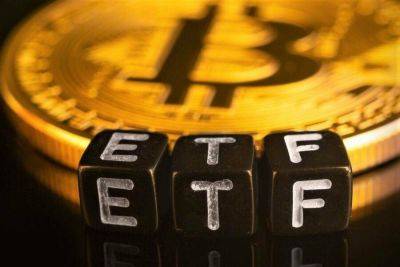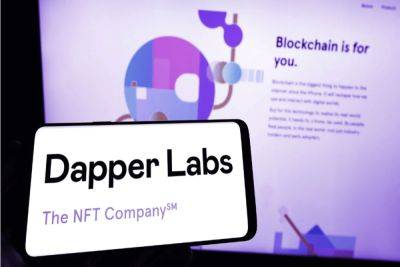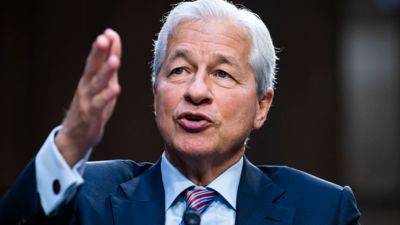BIS releases unified-ledger proposal for cross-border, tokenized asset transactions
The Bank for International Settlements (BIS) has released a chapter of its annual report early. That chapter, on the future of the monetary system, discusses “a new type of financial market infrastructure — a unified ledger.” The chapter was published June 20, one day after the International Monetary Fund (IMF) released a paper describing its “single ledger” cross-border payments concept.
The BIS proposal harnesses central bank digital currency and tokenized assets into “a new type of financial market infrastructure” — that is, the unified ledger, which would be powered by application programming interfaces (APIs). The authors of the proposal critiqued existing financial technology. They said:
One drawback of current tokenization schemes is that they exist in silos, the proposal claimed. A unified ledger would incorporate the ledgers of the counterparties, programmed reconciliation and messaging, enabling faster transactions and atomic (simultaneous) settlement in a “partitioned data environment” where privacy and transparency are controlled.
Related: Digitalization won’t displace commercial bank money any time soon: Moody’s
A unified-ledger system would allow for considerable disintermediation in transactions with securities. Cross-border transactions would require more coordination, assuming an intermediated system with the presence of both central banks and private payment service providers.
BIS general manager Agustín Carstens first mentioned unified-ledger technology at the Singapore FinTech Festival in February. Like the IMF “single ledger” introduced a day earlier, the unified ledger uses concepts and technology familiar to the cryptocurrency community. The IMF proposal was met with immediate pushback from the
Read more on cointelegraph.com






















